Smoke on the Horizon
A short hike into the hills shows just how close the wilderness is, and how much it relies on climate stability
The road which leads into the hills behind our house begins only about five minutes away.
It’s an innocuous dirt road wide enough for two cars, and it winds and climbs up and behind the large hill on which our house is built. Some of the homes it passes are nice but modestly sized, with clean compounds decorated with small, carved wooden crucifixes and stereotypically Mexican architecture with tile roofs and single-paned metal-framed windows. Others belong to people who are clearly more impoverished, their homes made from cinderblocks and tin.
As you climb higher and higher the homes become less densely clustered, as well as larger and decidedly more modern. You’ll start to see clean, white-walled architecture and lofty spaces with small shaded patios made of poured concrete, with glass-fronted bedrooms. It’s a far cry from how most homes are designed here, suggesting these properties may never have permanent residents and are instead designed to be rented on Airbnb. There is also the occasional palatial home meant for full-time habitation. These have tall walls topped with electrified wires, sometimes a pool, and grassy yards, a sign of both significant wealth and a certain detachment from reality, as you have to be truly unconcerned about water conservation to be growing grass in the high, dry desert.
Suddenly—de repente!—the modern homes disappear and you’ll find yourself on a meandering, dusty path which leads you between older, low-slung properties with large distances between them. While there’s definitely a degree of landscaping, most of the plants you’ll see are silvestre (wild), and the distance between homes and the wild places which lie beyond the edge of town can be counted in mere meters.
Lately, these hills have been obscured by smoke. We’re at the height of Oaxaca’s dry season, which ends more-or-less at the conclusion of April, but even considering that it’s been particularly parched. Our short hike into the hills, which happened at the invitation of a woman I attend a pilates class with, revealed a landscape made brittle by the sun, where trees and shrubs that once were alive are now clearly emaciated, and where underbrush is tinderbox dry. A single errant spark, be it from a cooking fire, a discarded cigarette butt, or from a lightning strike could easily set this entire hillside ablaze.
Sadly, this is exactly what is happening all across Oaxaca. Over the past two weeks the views of Oaxaca, from both our town and from the city, are obscured not by haze, but by smoke. Five people died fighting fires in San Lucas Quiaviní, a town in the east of the Valles Centrales. To the immediate north of us in Asunción, a part of the Etla municipality in which we live, a fire sent plumes of black smoke immediately in front of the highway. There are fires near the archeological site Mitla. And major blazes have broken out in the heavily forested region of San José del Pacifico, an area popular with tourists seeking hallucinogenic mushrooms.
In Oaxaca de Juárez, the sky is visibly tainted by smoke. While it’s not uncommon to see calima—haze—during the height of the afternoon, the air quality in Oaxaca is significantly better than in places like Mexico City, and it’s not typical to smell smoke in the air, or to have the view obscured by what is obviously pollution.
Now, leaving the city, the sunset is turned a bright, almost artificial shade of orange. Thankfully, we don’t have to worry about forest fires where we live. Our landscape is such that it’s incredibly unlikely for a fire to reach the center of our village, and because our immediate area has so much water we don’t have the type of arid conditions which you see in the hills above us. But Oaxaca is suffering and you’ll hear locals having conversations about “el cambio climático,” and about how there’s less water than in previous years. About how it’s hotter and dryer, earlier. About how the water transportation trucks, called pipas, which come and pump water 15 hours a day from our town’s aqueduct, may not be paying the town for the water they’re guzzling and then selling to the thirsty communities which surround us.
We’ll explore the countryside more, and spend more time hiking the hills and exploring our immediate area. But it does feel increasingly precious, and we are reminded daily not to take it for granted.
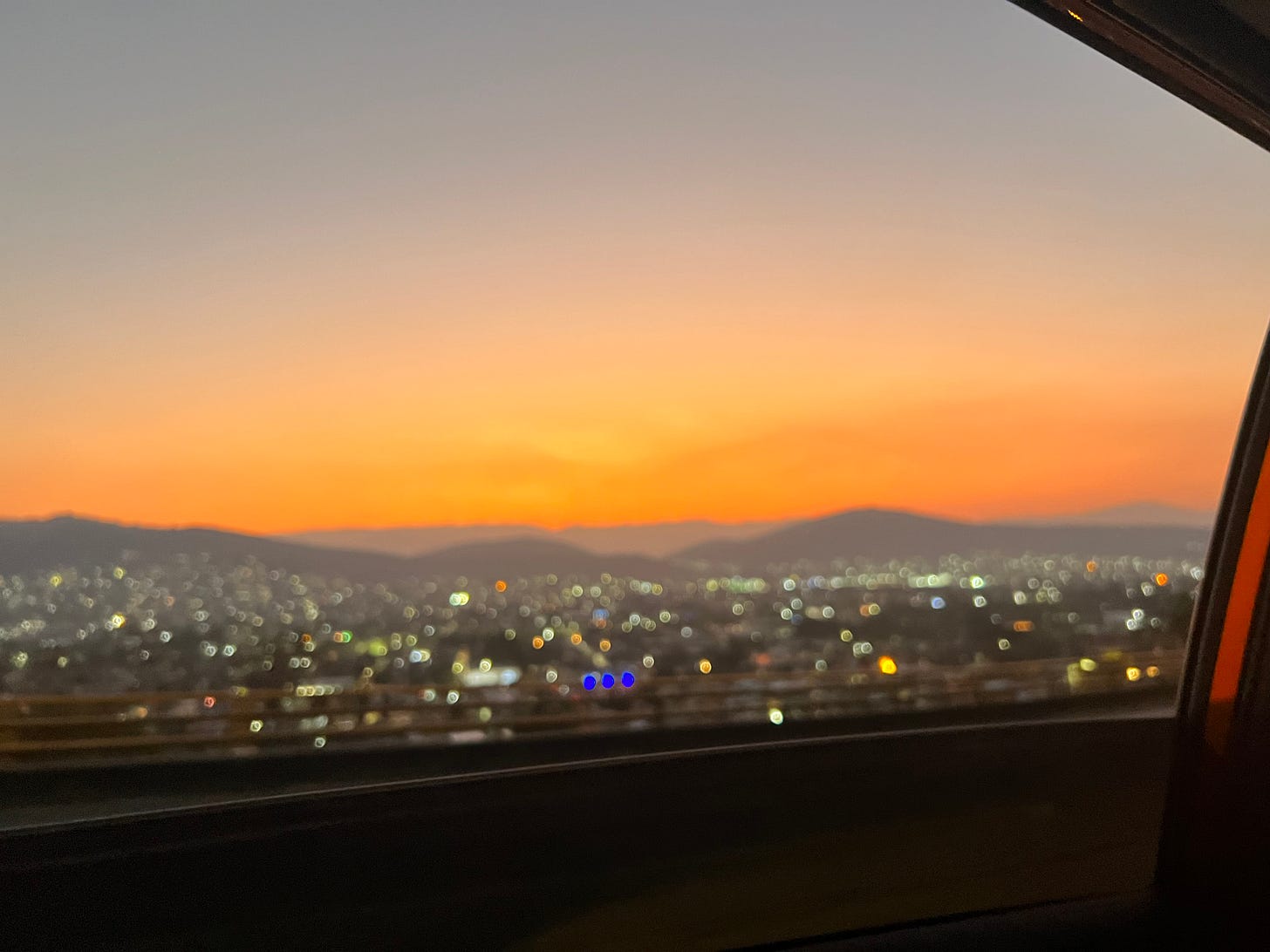

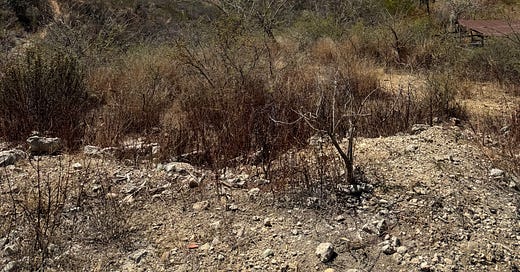



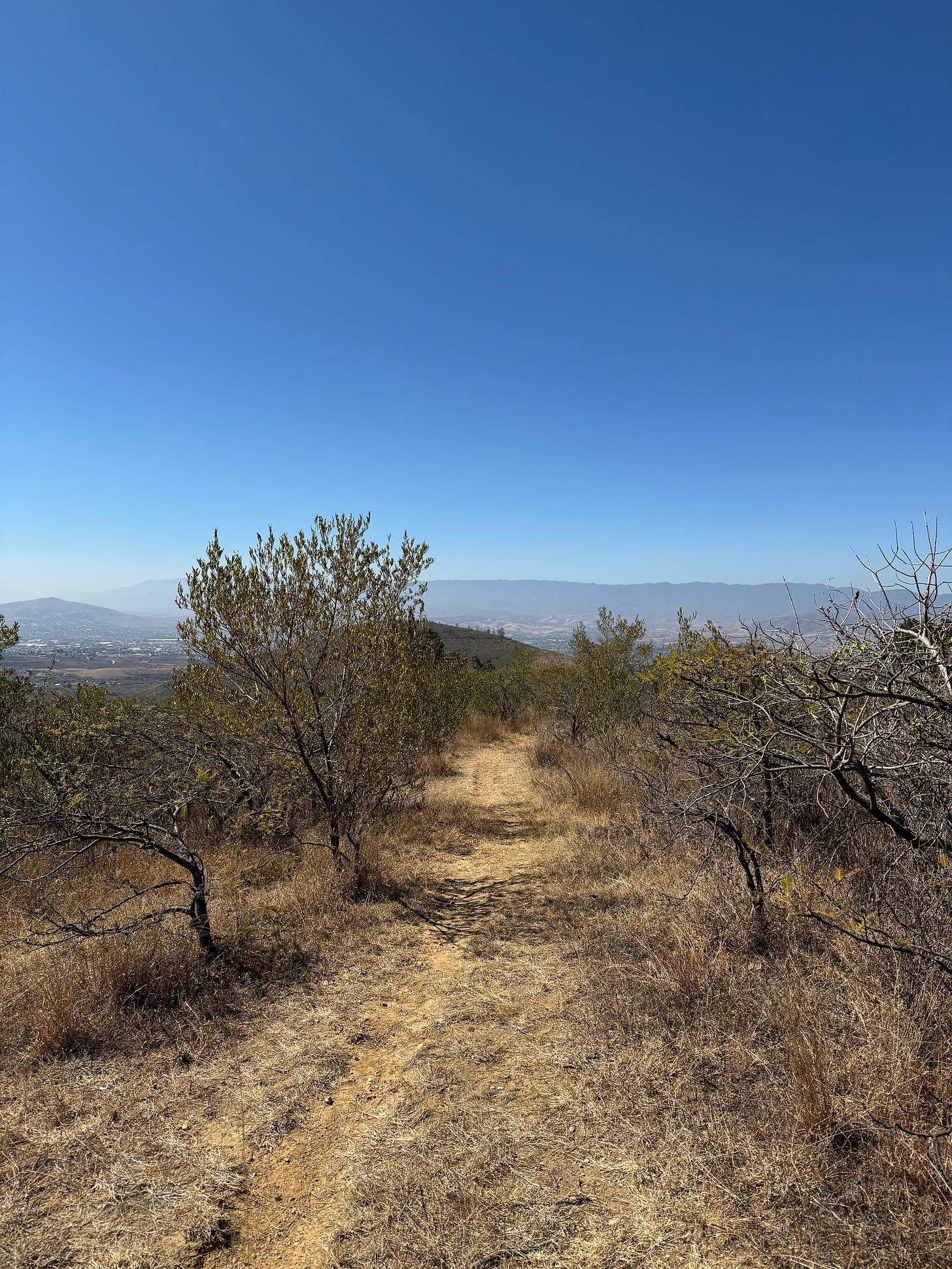
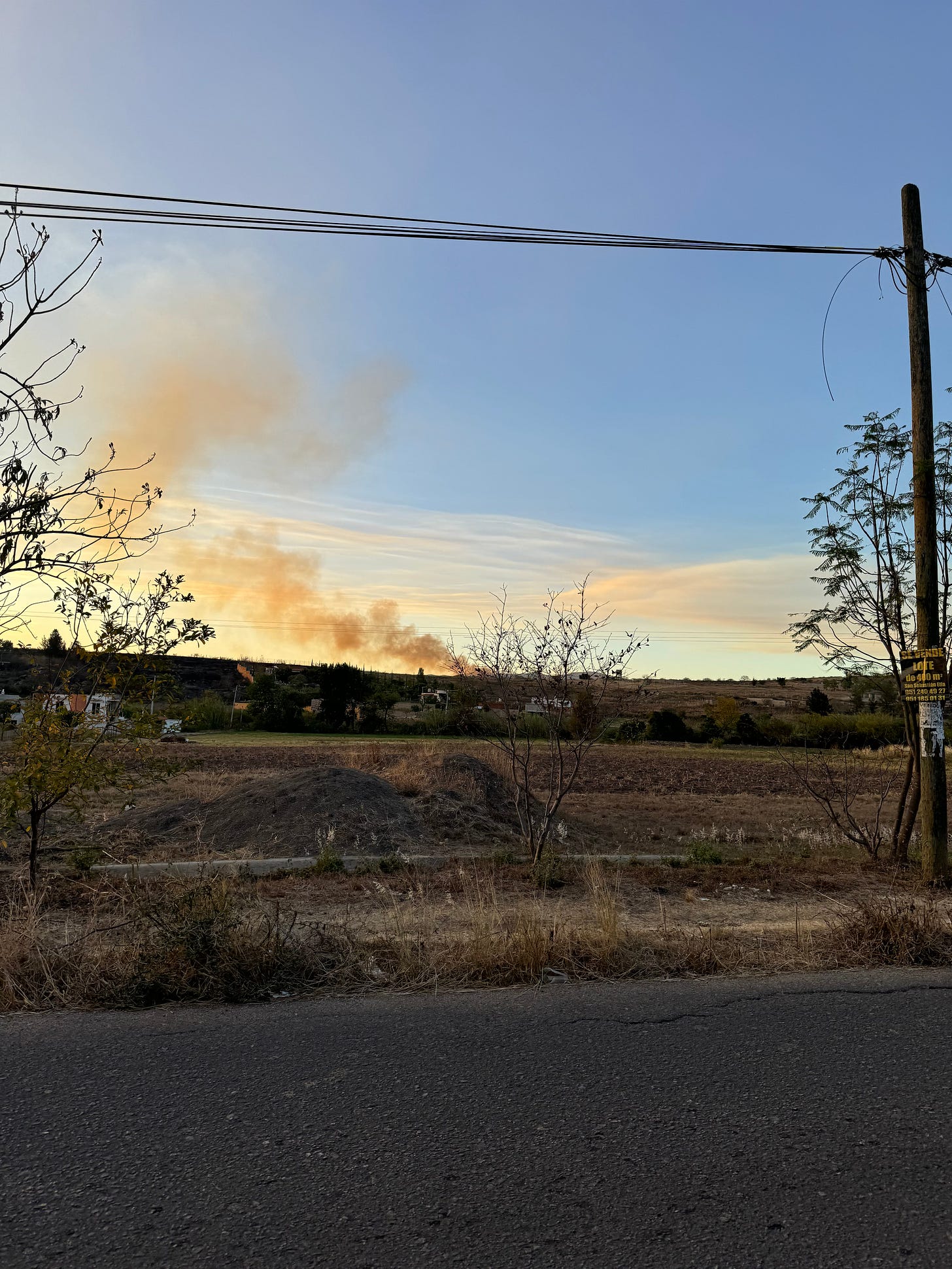
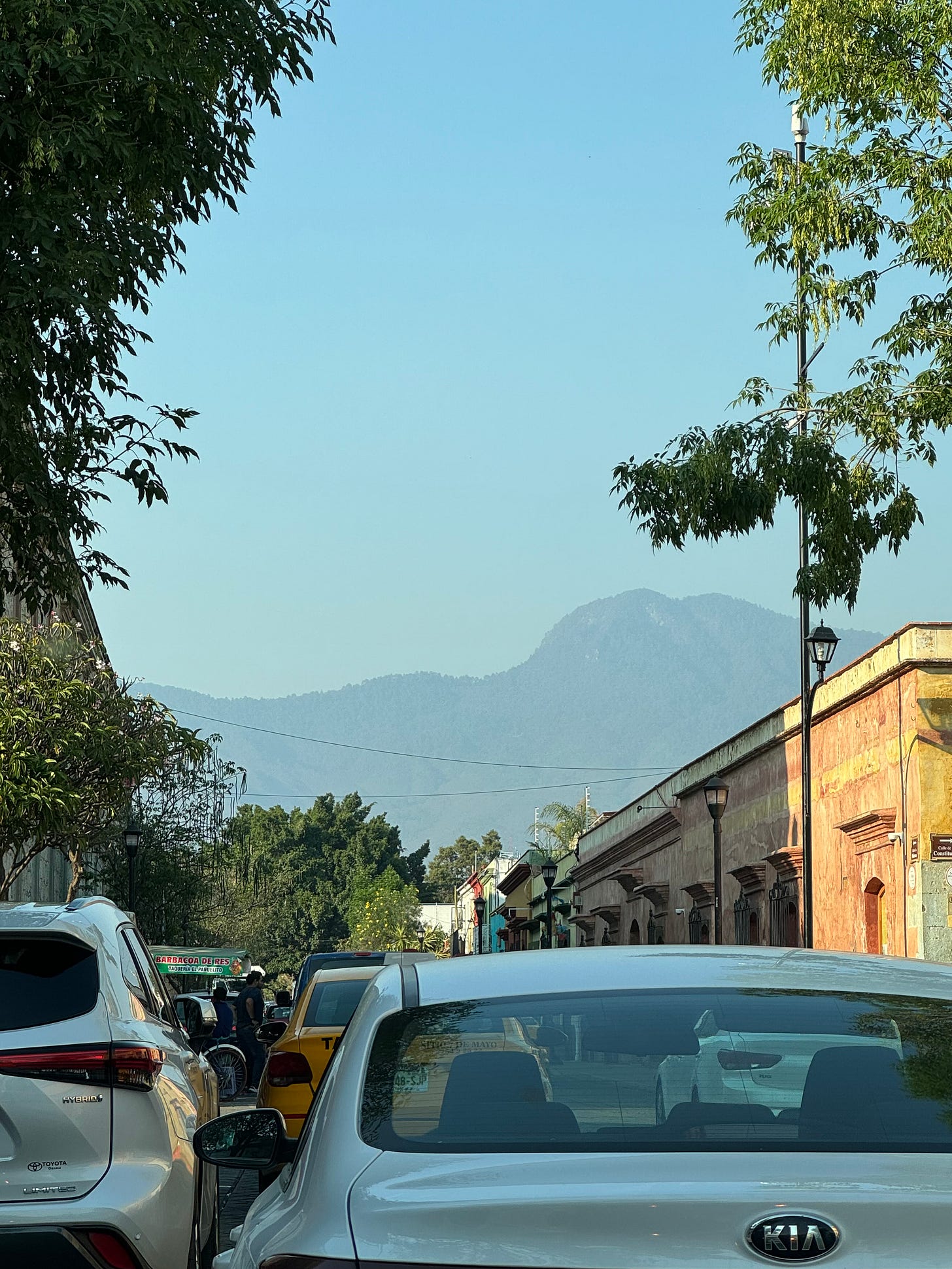


How sad to hear of the fires. I hope they are soon over. El cambio climático is happening everywhere and we can all feel it. Best wishes to you and your family. By the way the last picture is indeed beautiful. Thanks for sharing!